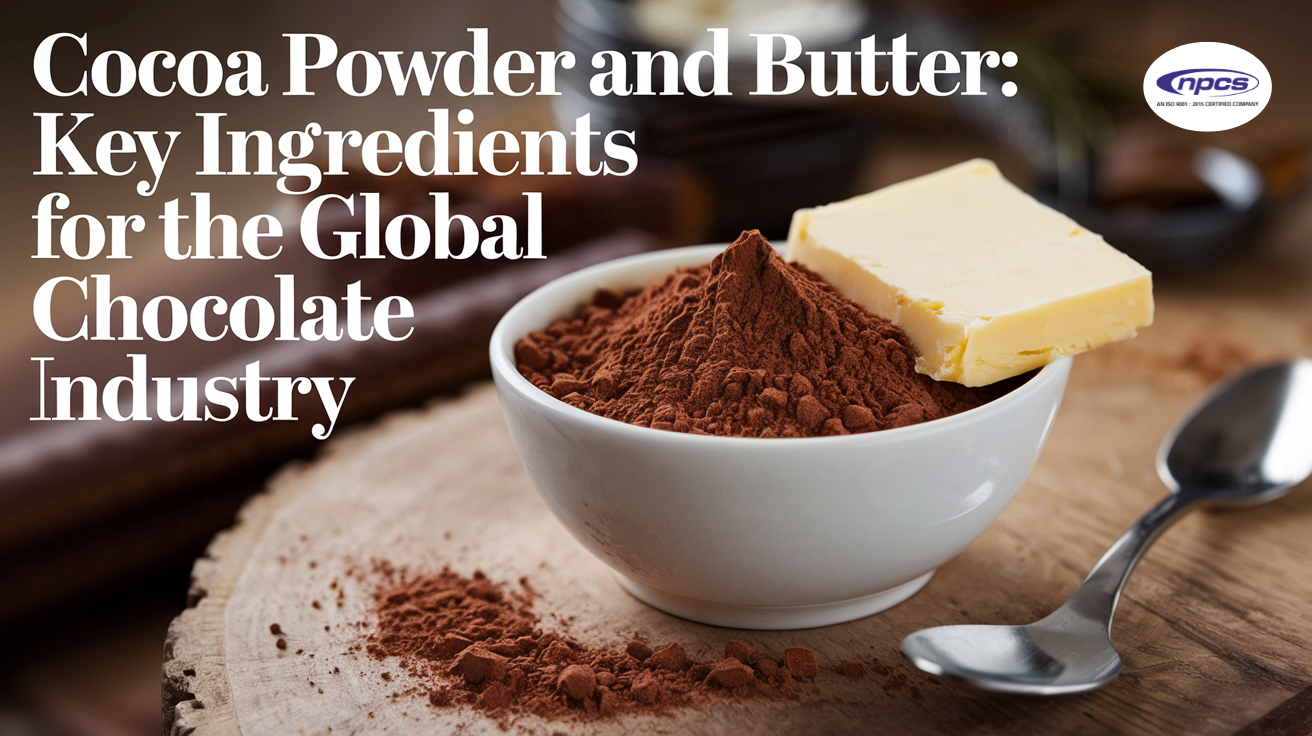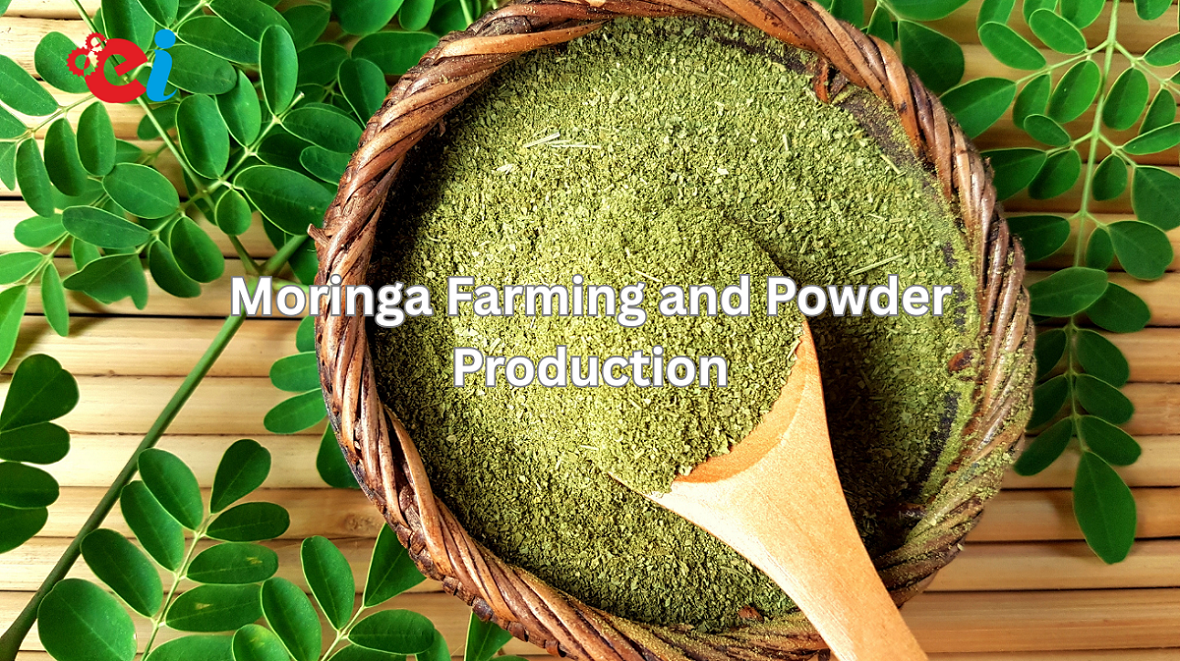At a time when people have learned to have their cake and eat it too, cocoa powder and butter are key players in the world of chocolate. From smooth confections to satisfying hot chocolate, these constituents are crucial for the texture and taste of chocolate products and core for its operating revenue. By doing so, this highly valuable market attracts many new entrant startups and existing manufacturers; thus, the details of both cocoa powder and cocoa butter become crucial. This blog explores opinions, provides analysis and advice, and presents best practices to gain business, promote the industry and achieve profitability.
Know More About : Set up Cocoa Processing Unit
Core Analysis
Cocoa Powder: The Backbone of Chocolate
Cocoa powder is a finely ground material after roasting cocoa beans, which plays a major role in preparing chocolate. It is further into natural cocoa and alkalized or Dutching processed cocoa, which have different taste characteristics and varying pH degrees. The consumer demand for cocoa powder is gradually rising due to the high cocoa solid content in products that people consider healthier than milk chocolate.
Market Insights:
- The cocoa powder market size is anticipated to reach about USD 4.6 billion in the year 2022 and is expected to grow with a compound annual growth rate of 5.3% during the forecast period of 2023 to 2030.
- The leading consumers are North America, Europe, and Asia-Pacific, with the Asia-Pacific region being most dominant with a disposable income rate and urbanization.
Challenges & Solutions:
- Critical Issues: Two critical issues undermine the cocoa industry: deforestation and labor malpractice, particularly through the use of child labor. Buying from certified vendors and promoting sustainable farming is the way of managing these.
- Price Fluctuations: This means that the prices of cocoa fluctuate, hence affecting the profitability of an organization. It can be reduced through forward contracts as well as through diversifying supply sources.
Know More About : Start your own Peanut Butter Manufacturing Business
Butter: The Creamy Catalyst
Its function also includes textural properties and affects the actual shelf-life of the product. The use of butter from cow’s milk, goat’s milk, or even vegetable oil will, therefore, influence the quality of the final product or the level of acceptability from the customers.
Market Insights:
- Vanilla sugar Reduced sugar consumption has affected the sales of flavored butters, though the demand for plant-based butter is growing due to the vegan and lactose intolerance.
Challenges & Solutions:
- Health issues: Health problems can originate from the product since its principal ingredient is butter. Supply chains are also important; for example, butter shortages during COVID-19 have raised concern and the need for an effective supply chain regarding sources of local foods and stocks.
Also Know About : Vanaspati Ghee Industry
Case Studies/Examples
Example 1: Nestlé’s Sustainable Cocoa Sourcing
Many companies, including Nestlé, have made it their policy to source equivalently for 100% of the cocoa they use in their products by the year 2025. Their purpose of joining with the Cocoa Plan is to enhance the farmers’ welfare as well as secure a sound supply chain. Besides contributing towards sustainability, this occasionally also covers sustainability challenges positively by the brand image of the company.
Example 2: Patagonia Provisions’ Bean-to-Bar Chocolate
Indeed, Patagonia Provisions exercise great transparency right from the selection of cocoa beans to the actual manufacture of chocolates. Moreover, learning that they deal with smallholder farmers in Ecuador guarantee high-quality cocoa while adopting sustainable methods. The consumers of the current era of globalization and keep in mind the environment have found this approach favorable.
Expert Recommendations
1. Quality Products: Require the organization’s supply chain partners to provide quality products that meet regulatory agencies and consumers’ needs.
2. Special Ingredients: Opportunity in modifying fat type and cocoa type to suit the new generation’s health-conscious demand.
3. Strengthen Supply Chains: The state should increase the diversification and localization of supply chains so as to avoid price fluctuations or shortages associated with the supplies.
4. Use of Data Analytics: This involves the analysis of data in order to identify directions that a certain market might take or the actions that consumers are likely to take next.
Future Trends & Predictions
- Dark Chocolate: There is a trend towards taking chocolate in its natural form in the form of dark chocolate, which is foreseen to continuously grow.
- Opportunities: Hence, with increased consumption of two types of plant-based butter and cocoa alternatives, the market is expected to grow in the future.
- Technological Innovations: There has been improvement in the advancement of production technology and inventory management to allow efficient quantum flow of stocks.
Project Related To : Chocolate-and-Confectionery-Plant.pdf
Conclusion
Cocoa powder and butter are not only ingredients; they form the cocoa and play crucial roles in the production of chocolates. In this case, the evaluation of the current market means that businesses can position themselves better within the market to benefit them. Stakeholders should therefore adopt sustainable production techniques, innovation, and sound supply chain management as some of the major strategies in this promising industry.







